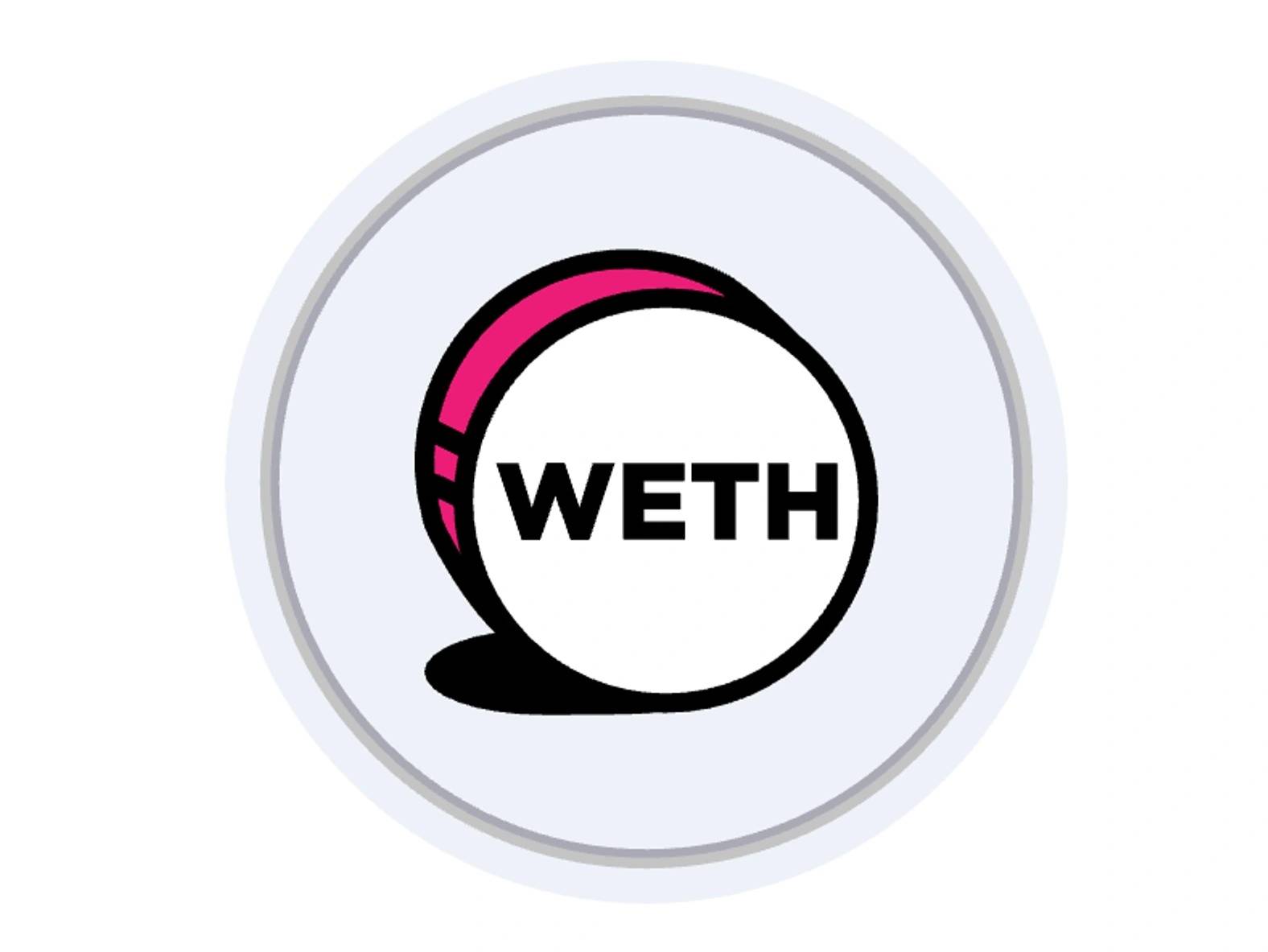위키 구독하기
Share wiki
Bookmark
WETH (Wrapped ETH)
WETH (Wrapped ETH)
WETH(Wrapped Ethereum)는 이더리움 블록체인의 기본 암호화폐인 ETH가 완전히 담보하는 ERC-20 토큰입니다. 이는 ETH의 토큰화된 변형으로, ERC-20 토큰이 필요한 dApp에서 사용하기 위한 것입니다. [1]
개요
Wrapped Ethereum(WETH)은 이더리움 블록체인에서 ERC-20 표준을 준수하는 토큰화된 Ether (ETH) 형태입니다. WETH와 같은 래핑된 토큰은 원래의 암호화폐를 1:1 가치로 나타내며 언제든지 원래 자산으로 전환할 수 있습니다. 이 개념은 법정 통화에 고정되고 필요에 따라 상환 가능한 스테이블코인과 유사합니다.
래핑된 토큰의 주요 목적은 서로 다른 블록체인 간의 상호 운용성을 가능하게 하는 것입니다. 그렇지 않으면 호환성이 제한적입니다. 하나의 블록체인의 기본 코인은 다른 블록체인에서 직접 사용할 수 없습니다. 코인을 래핑하면 수신 블록체인의 토큰 표준이 원래 자산의 토큰화된 버전에 적용되어 해당 생태계 내에서 기능할 수 있도록 합니다.
이더리움의 기본 암호화폐인 ETH는 이더리움의 대부분의 대체 가능 토큰이 준수하는 ERC-20 토큰 표준을 따르지 않으므로 분산형 애플리케이션(dApp)에서 사용이 복잡합니다. WETH는 ETH의 ERC-20 호환 버전을 제공하여 dApp 내의 상호 운용성과 사용성을 향상시키기 위해 도입되었습니다.
래핑된 토큰에는 스마트 계약 또는 기타 메커니즘과 같은 보관자가 필요하며, 이는 원래 자산을 담보로 보유합니다. ETH가 이러한 보관자에게 전송되면 동일한 양의 WETH가 발행됩니다. 이는 동일한 가치를 유지하면서 WETH가 분산형 금융(DeFi) 애플리케이션에서 다른 ERC-20 토큰과 원활하게 상호 작용할 수 있도록 합니다. 이더리움에서 WETH는 일반적으로 분산형 거래소 및 ERC-20 토큰만 허용하는 다른 dApp에서 사용됩니다. 다른 블록체인에는 유사한 기능을 수행하기 위해 래핑된 Ether 버전이 있을 수 있습니다. [7] [8]
역사
ERC-20 표준 개발 이전인 2015년 7월에 이더리움 블록체인과 ETH가 도입되었습니다. 통일된 토큰 표준을 설정하는 ERC-20은 2015년 11월에 처음 도입되었습니다. 따라서 이더리움의 분산형 애플리케이션에서 사용되는 토큰은 ERC-20 표준을 준수했지만, Ether 암호화폐 자체는 이 표준을 따르지 않았습니다. [6]
2017년에 0x 프로젝트 팀은 이더리움 네트워크의 다양한 분산형 거래소와 dApp 간의 상호 운용성 문제를 해결하기 위해 WETH를 도입했습니다. 그 당시 DEX 간의 서로 다른 토큰 표준으로 인해 플랫폼 간 자산 이동이 방해되었습니다. WETH는 ETH를 토큰화하여 다른 dApp 및 DEX와의 원활한 거래 및 통합을 위한 표준화되고 상호 운용 가능한 시스템을 구축하는 것을 목표로 했습니다. 초기 WETH 계약은 2018년 1월 이더리움 메인넷에서 시작되었습니다. [2]
공급 메커니즘
WETH의 공급에는 미리 정해진 한도가 없지만 수요 역학에 따라 조정됩니다. 개인이 Ether를 WETH로 전환하면 스마트 계약이 새로 발행된 WETH 토큰을 생성합니다. 반대로 WETH가 Ether로 교환되면 동일한 양의 WETH가 소각됩니다. [6]
1:1로 고정되어 있음에도 불구하고, 이더리움의 거래 수수료 및 중앙화 및 분산형 거래소의 거래 활동과 같은 변수의 영향을 받아 WETH와 Ether 간에 미미한 변동(일반적으로 1% 미만)이 발생할 수 있습니다. [6]
이론적으로 WETH 수요가 완전히 감소하여 토큰 유통이 중단되는 시나리오가 발생할 수 있습니다. 반대로 WETH에 대한 시장 관심이 높아지면 공급이 확장됩니다. 이는 공급 프로토콜에 자주 제한 또는 예정된 발행 패턴이 포함되는 비고정 암호화폐와 대조적입니다. [6]
잘못된 내용이 있나요?
